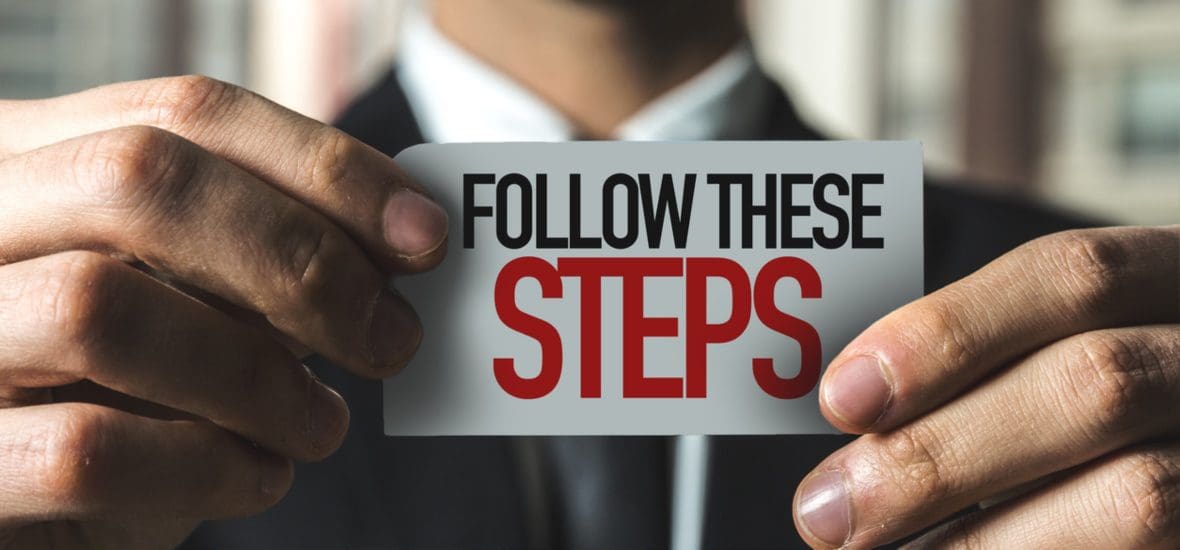
How to Master Social Customer Acquisition
People use social media to share the good and bad when it comes to dealing with businesses. It’s guaranteed that people are talking about your brand, whether you engage or not and this can make a huge difference to how your customers see you, and whether others will become customers in the future. Building relationships is essential to customer acquisition. Here’s how you can use different platforms to convert relationships into sales.
Twitter
Getting involved in Twitter chats is the first step to creating your own community.
1. Search for relevant industry influencers who are holding their own chat.
2. Take note of those getting involved, their similar interests can be advantageous for your brand.
3. Engage, engage, engage.
IMPORTANT: By engaging with existing communities you are helping build a name for yourself so that eventually you can build your own community down the line.
You should always try to include a link to your website, although rather than being pushy, you could include it in a blog instead. Use a tool such as bitly to shorten the link and then analyse the data to see what interactions work best for your company.
TIP: Most people choose who to follow based on friend recommendations so be careful not to miss interactions which could work in your favour.
Facebook
Nearly half of customers expect customer service through Facebook, but shockingly, only 23% of businesses actually provide it. Give your customers a way to contact you on Facebook, especially with users wishing to get instant replies rather than waiting for an email. Adding your Facebook contact information to your website also gives your customer several contact options, making it much easier for them to get in touch when needed.
To help create more interactions, make sure your content is entertaining. Facebook users prefer content that they can relate to and which makes them laugh. This makes it more shareable which can then help you build a relationship.
ESSENTIAL: Make sure to include your website URL in your Facebook bio to help drive traffic back to your site.
LinkedIn
Seen as a more trustworthy platform, it’s no surprise that LinkedIn focuses more on B2B connections. You may decide to set up a branded page to keep your followers up to date but consider an individual page to help give a personal touch and allow more engagement.
Similar to Twitter, you can use LinkedIn groups to engage with relevant communities, take note of industry chats and engage before building your own. Using a blog is the best way to link your website, so make sure you share this within communities and add the link to your profile.
TIP: Once a business relationship has been built, turn the communication to email. You will receive quicker replies due to emails being more regularly checked.
Analysing your results
It’s hard not to get excited over new likes and shares, but try not to focus on them unless they relate to your main goal such as number of sales generated from Facebook. Take advantage of tools such as Google Analytics or Kissmetrics to keep track of your traffic and whether your efforts are helping you achieve your goal.
REMEMBER: A like or follow isn’t a relationship unless you make it one.